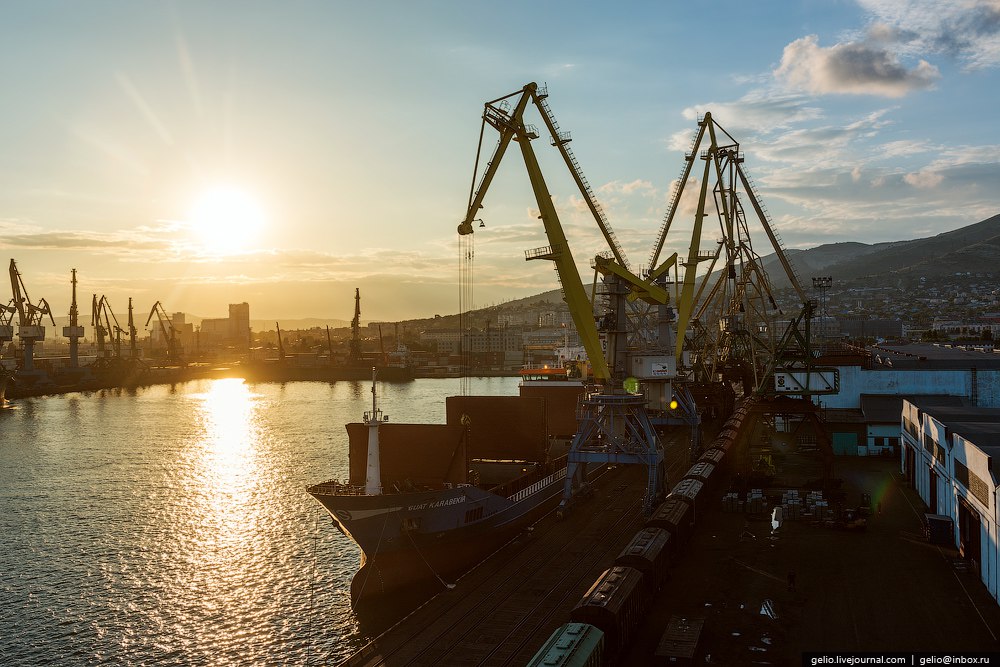
In January-February 2023, Russian seaports handled 140.3 million tonnes of cargo, up 2.6%, year-on-year, including 65.4 million tonnes of dry bulk cargo (+4.9%) and 74.9 million tonnes of liquid bulk cargo (+7%), according to statistics of the Federal Marine and River Transport Agency (Rosmorrechflot) shared in its Telegram channel.
Throughput of seaports in the Arctic Basin fell by 3%, year-on-year, to 15.9 million tonnes including 4.5 million tonnes of dry bulk cargo (+7.1%), and 11.4 million tonnes of liquid bulk cargo (-6.5%).
Throughput of seaports in the Baltic Basin rose by 3.8%, year-on-year, to 43.5 million tonnes including 16.7 million tonnes of dry bulk cargo (-4%) and 26.8 million tonnes of liquid bulk cargo (+9.2%).
Throughput of seaports in the Azov-Black Sea Basin increased by 3.5% to 43.8 million tonnes including 20.7 million tonnes of dry bulk cargo (+17.3%) and 23.1 million tonnes of liquid bulk cargo (-6.3%).
Throughput of seaports in the Caspian Basin remained flat, year-on-year, at 900 thousand tonnes including 500 thousand tonnes of dry bulk cargo (+25%) and 400 thousand tonnes of liquid bulk cargo (-20%).
Throughput of seaports in the Far East Basin rose by 2.7% to 36.2 million tonnes including 23 million tonnes of dry bulk cargo (+1.5%) and 13.2 million tonnes of liquid bulk cargo (+4.9%).
“Throughput of seaports is an integral indicator reflecting how the sectors of the economy related to foreign trade work. Its steady growth continues. In the current conditions, it is a good signal for the economy and our partners,” said Zakhary Djioev, head of Rosmorrechflot.



